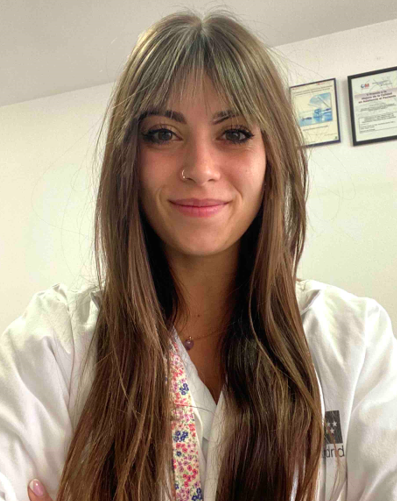El objetivo del estudio es determinar, mediante un ensayo clínico aleatorio controlado, si se produce algún aumento en el número de bacteriurias postoperatorias de un grupo de pacientes sometidos a cirugía urológica endoscópica, a los que no se rasura la región púbica (práctica inhabitual en la preparación quirúrgica actual).
MAterial Y MétodoEl estudio se realizó distribuyendo a los pacientes que iban a ser intervenidos mediante cirugía urológica endoscópica de forma aleatoria en dos grupos. A un grupo se le rasuró la región púbica, según las técnicas habituales, mientras que al otro grupo no se le rasuró dicha región; el resto de la preparación fue igual para ambos grupos. Se recogieron muestras de orina para su cultivo antes de la administración del antibiótico profiláctico y se volvieron a tomar a la semana de retirar la sonda vesical, ya sin tratamiento antibiótico. Se prestó especial atención a las incidencias del postoperatorio, sobre todo, a las de naturaleza infecciosa.
ResultadosSe incluyeron un total de 449 pacientes, de los cuales 149 fueron retirados del estudio por diferentes causas. De estos, 149 fueron rasurados y 151 no lo fueron. En el grupo de pacientes no rasurados se observó una tasa de bacteriuria postoperatoria del 19,5%, mientras que en el otro grupo fue del 16,6%, no observándose diferencias estadísticamente significativas.
ConclusiónLa conclusión a la que se llegó es que no se produce un aumento de bacteriurias postoperatorias en los pacientes sometidos a cirugía urológica endoscópica, a los que no se les rasura la región púbica, en comparación con el grupo de pacientes que son rasurados con cuchillas desechables.
The objective of this study is to assess the effects of preoperative shaving of the pubic region on postoperative bacteriuria after endoscopic urological surgery.
Materials And MethodThe study was carried out distributing the patients undergoing endoscopic urological surgery in a controlled randomized way in two groups. In a group the pubic region was shaved, according to the habitual techniques, while the other group was not shaved; the rest of the preparation was the same for both groups. Urine samples were collected for their culture before the administration of the prophylactic antibiotic and a week after the removal of the Foley catheter, yet without antibiotic treatment. Special attention was paid to the postoperative incidences, mainly, those of infectious nature.
ResultsThey were included a total of 449 patients, of which 149 were removed from the study by different causes. Of these, 149 were shaved and 151 were not it. In the group of unshaved patients a 19,5% of postoperative bacteriurias was observed, while in the other group it was of 16,6%. Differences in both groups were not statistically significant.
ConclusionsWe conclude that there is no an increase of postoperative bacteriurias in the unshaved patients undergoing endoscopic urological surgery, compared with the group of patients shaved with disposable bladders.
Artículo
Comprando el artículo el PDF del mismo podrá ser descargado
Precio 19,34 €
Comprar ahora









